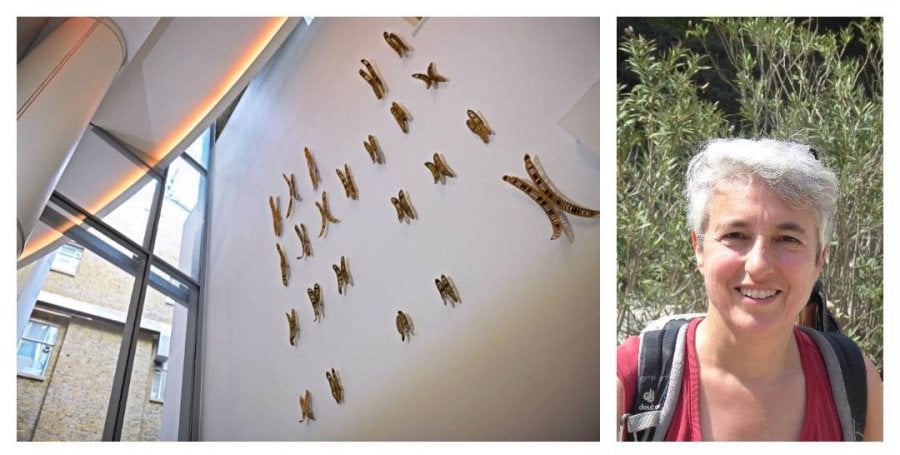Spotlight: Professor Judith Glynn
24 October 2021 London School of Hygiene & Tropical Medicine London School of Hygiene & Tropical Medicine https://lshtm.ac.uk/themes/custom/lshtm/images/lshtm-logo-black.png
What is your role at LSHTM?
Professor of Infectious Disease Epidemiology and, since 2019, Head of the Doctoral College.
Can you tell us a little bit about your areas of research?
My work covers many areas – from the molecular epidemiology of tuberculosis to trying to understand why girls drop out of school. That sounds strange, but there was a logical progression: working on tuberculosis in Africa leading to work on HIV; investigating high HIV incidence in young women leading to the link with school drop-out. In general, I like using epidemiology to try to understand the transmission, pathogenesis, and severity of infections.
How long have you worked for LSHTM?
Thirty years! After a few years in clinical medicine, I came to LSHTM to do the MSc in Epidemiology, followed by a PhD. And never left. After my PhD, I started working with a research project in Malawi, which I have continued to work with to various degrees throughout my career.
What is the best thing about working for LSHTM?
The people and the work that everyone does. There are always interesting and impressive studies to learn about. I also enjoy teaching and the enthusiasm of each generation of students, and the opportunities to travel.
What are some of your favourite memories from your time at LSHTM?
The year I did my MSc was amazing. I had finally found what I wanted to do and was meeting people from all over the world, some of whom are still close friends.
Eating lunch on the front wall in the sunshine is another highlight – and an excellent way of networking.
What are some of your interests outside work?
Hill walking, travel, and sculpture. Some of your sculpture is displayed in Keppel Street.
Can you tell us a bit about your art?
I started to sculpt 12 years ago in response to depression. There were things I needed to express in that way. Some of my sculptures represent the limits of human relationships: you can come close to others, but ultimately you are on your own. Many draw on the human form, including portraits, others are abstract or conceptual. I use a range of materials and techniques, recently mostly wire and wood, see judithglynn.zenfolio. com. As well as the sculptures at Keppel Street, other science-inspired sculptures include a mobile of the phylogenetic tree of Indo-European languages (at SOAS) and the J-shaped curve of mortality (in pieces in my office). This was an illustration of the work I did during my sabbatical on the way severity of infectious disease varies by age.
What are you looking forward to doing in the year ahead?
Like everybody this year, I expect, the key thing I am looking forward to is returning to normality, and being able to see and hug friends and family again.
This interview is from the 2021 Alumni News.